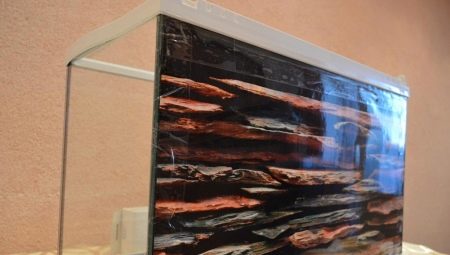Aquariums serve as an excellent piece of furniture. If you select attractive and unpretentious fish, then watching their life will be a pleasure. Typically, aquariums are decorated with various plants and buildings, snags. Another way to improve its appearance is to stick a background on its back wall.

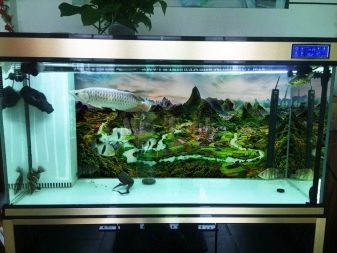
Purpose of the background and methods for fixing it
The aquarium has a decorative purpose. The background will help not only improve the overall impression, but also hide the wall, wires and equipment behind an artificial pond. Thanks to the pattern in the background, the space looks deeper. The background allows you to reduce the number of glare on the water, gives the fish house a more natural look. If you choose the right image, then the inhabitants of the aquarium will feel much more comfortable.
The background for the aquarium is fairly affordable and is sold at most pet stores. The film allows you to quickly and simply improve or simply change the appearance of the container. The use of such a decor is especially relevant in cases where the aquarium is not tight against the wall. Typically, this arrangement causes discomfort in the fish. Moreover, when observing the aquarium, the translucent room distracts too much attention.
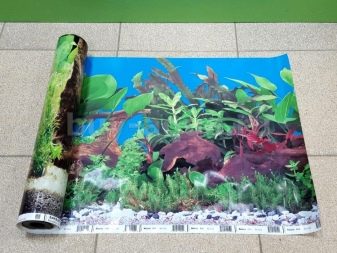
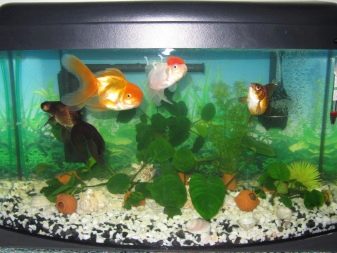
You can glue the background onto the aquarium inside or outside the back wall. The inner one looks much more natural. It is important to use the product from environmentally friendly, non-toxic material. The background is set inside the aquarium before water is poured there. It is important to securely secure it so that it does not fall on the fish.
Usually the inner background is represented by volumetric panels made of polyurethane foam.Various natural textures are used, for example, stone or wood. It is necessary to clear such backgrounds, but this process is quite laborious. It is worth considering that such a design slightly hides the volume of the aquarium, like any interior decor.
.

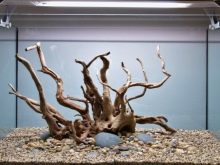

External background is more common because of its availability. There are fewer requirements for the material, because it does not come into contact with water and the inhabitants of the aquarium. For fixing use different adhesive compositions or just tape. The advantage is that such a background does not spoil the growing algae. Films are sold in a very wide range and can be either plain, multi-colored or with drawings.
Modern backgrounds for external gluing can have a 3d effect. The disadvantage of the film is only in a complex replacement. If glue-based decor is used, then it will be quite difficult to remove it. It is better to think through the desired result well before you even design the back wall.
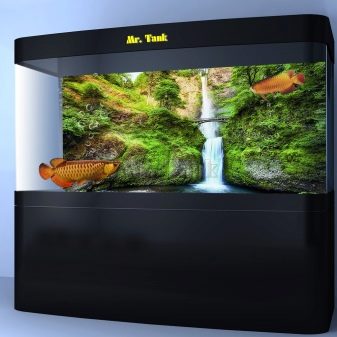
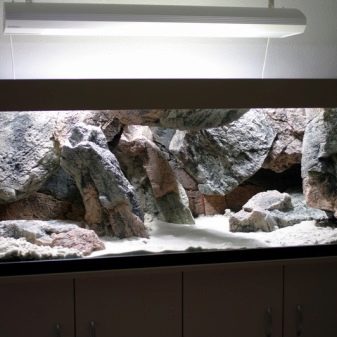
How to prepare glass?
Typically, films are used for decoration that are mounted on the outside of the back wall. Glass must be carefully prepared for the decoration procedure to get a really attractive result. If the aquarium is new, then just lower the back wall and degrease it.
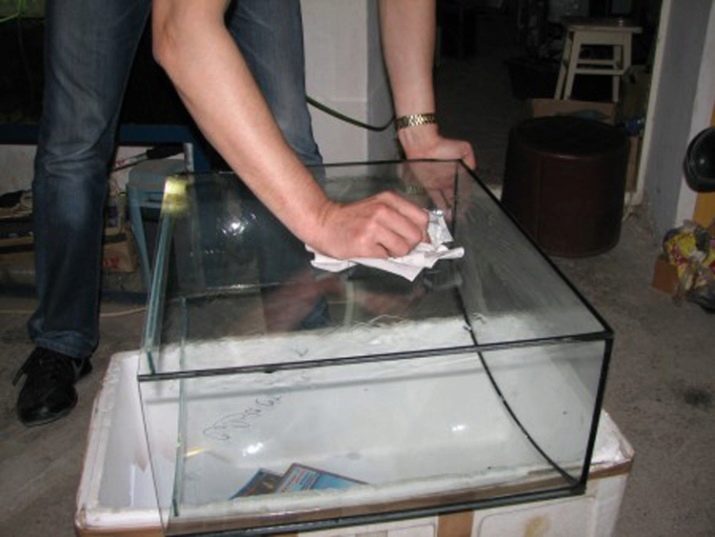
Preparation of glass in case the aquarium is used is carried out as follows.
- Transfer the fish to a suitable container.
- Drain and remove any decorative elements, soil.
- Rinse the aquarium inside in the usual way.
- Treat the outside of the rear wall with a glass cleaner. You can use another cleaner. The main thing is to clean the surface of dust, dirt, grease.
- Dry it with paper towels.
- Immediately proceed to gluing with a decorative background so that the glass is not again covered with dust particles.
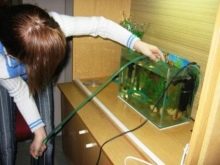
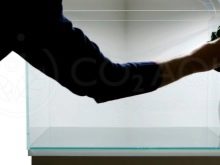
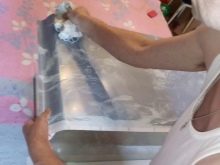
Necessary materials and tools
DIY installation of the background for the aquarium takes literally 10-20 minutes, depending on the size of the tank. To perform the work you need to prepare such materials.
- Decorative sticker or panel. It is better to choose a self-adhesive version of the film.
- Scissors, ruler and pencil. All this will help to cut the workpiece of the right size.
- Glycerin or liquid soap for solution preparation. The first option is needed when fixing the film without an adhesive layer. Soapy water will help to stick self-adhesive beautifully.
- Plastic card. It is used instead of a spatula to smooth the material.
- Soft lint-free cloth. To wipe the glass, you need to use a cloth flap that does not leave dust or debris.
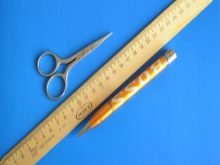
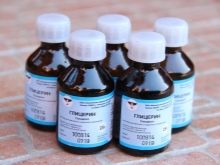
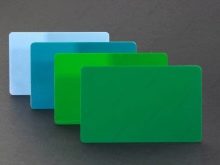
To work with glycerin, you need a brush. Moreover, it must first be well cleaned of possible specks. If a soap solution is used, then a spray bottle is needed. Under an aquarium it is better to lay out a fabric or film.
It is important to arrange a place for such work as comfortable as possible.

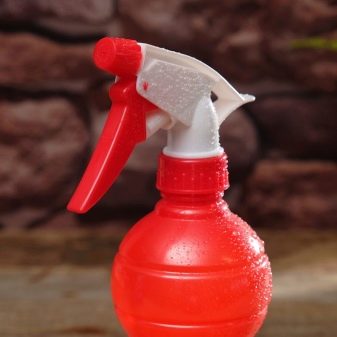
Step-by-step instruction
Correctly sticking the background for the aquarium at home is not as difficult as it might seem at first glance. Act slowly so as not to redo the work.
- Check the back of the aquarium and draw a contour on the decorative vinyl film. Use sharp scissors to cut the workpiece for decoration.
- Before sticking, you need to cut 3 mm of film from 2 sides.
- Dry the glass on the back of the aquarium. Take a spray bottle and prepare a soapy solution. For mixing, you can use both shampoo and regular liquid soap. Mix well to form a foam. Carefully spray the glass onto which the film will be glued.
- Remove the protective layer from the decorative self-adhesive. Attach the background to the outside of the aquarium wall.
- If the first attempt was unsuccessful and the film did not lie smoothly, just try again. This will be easy to do thanks to the soap solution on the glass.
- Align the top edge of the film.
- Call someone for help, it will be quite difficult to proceed further alone.It is necessary to pull the bottom of the background so that it does not stick. With gentle movements, you need to gradually straighten the vinyl film with a special spatula or plastic card.
- You need to act with pressure. The film will not deteriorate from this, and the work will go faster. Movements should go from the center to the edges, from the top to the bottom.
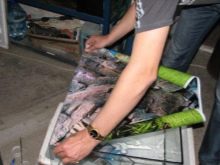
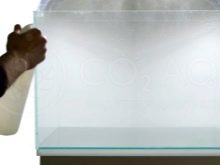
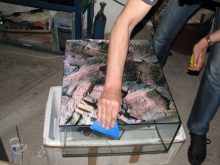
The basic method involves the use of a film with an adhesive base. However, you can decorate the aquarium using ordinary stationery tape. The method is quite simple, but short-lived. The overall impression of the background will deteriorate when water gets in. The easiest way to use the background is without glue.
- Degrease the surface of the wall.
- Attach the background to the aquarium and align the top edge. Secure with tape.
- Gently smooth the material down and to the sides.
- Attach the remaining 3 sides with tape.
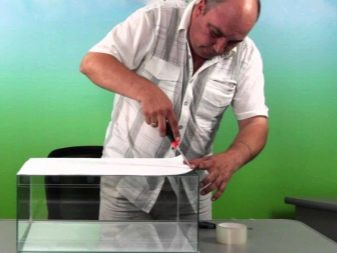
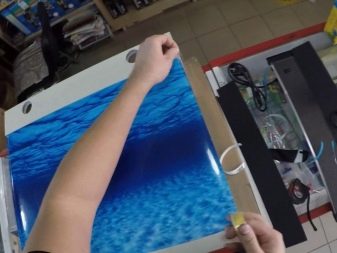
A flexible background without a sticky layer can be fixed with ordinary glycerin, which is sold in pharmacies. Alternatively, mineral oil is suitable. You need to act like this.
- Fix one edge of the decorative picture on the wall of the aquarium with adhesive tape.
- Cover the glass with glycerin. Apply the product conveniently with a brush or hands. In the first case, be sure to clean the tool thoroughly from lint and dust.
- Gradually press the background to the smeared surface.
- Use a spatula or a plastic card to smooth out any bumps.
- Excess glycerin should be wiped with a towel or paper towel.
- For reliability, glue the edges with tape.
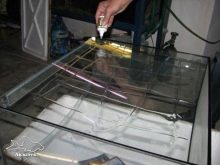
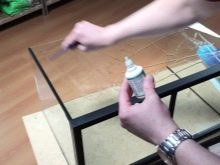
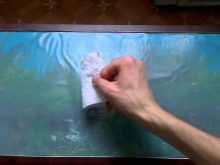
In most cases, the background is glued to the outside of the aquarium, but you can put it inside. It is noteworthy that the material should be more dense. Silicone glue is used as glue. The same material is used for bonding glass aquariums.
Recommendations
To create a beautiful aquarium, you can stick an attractive background on the back wall. Simple tips to help you complete the task as efficiently as possible.
- If you want to stick a film without bubbles, then you need to be very careful about dust. Even a small amount of it on the glass can nullify all efforts. Moisten everything near the place of work with the help of a spray gun so that the rubbish does not fly onto the film.
- If air bubbles appeared after gluing, then it is worth driving them away with a needle and a plastic card. And it is better to take not a sewing needle, but a thin one from a syringe.
- It is better to try on the background on the aquarium before removing the protective sheet from the adhesive backing. If the aquarium is large, then it is worth fixing the background with adhesive tape, and then glue in parts.
- It is important that the film adheres to the glass as tightly as possible. Otherwise, dark spots will be visible. It looks especially bad when you turn on artificial lighting in the aquarium.
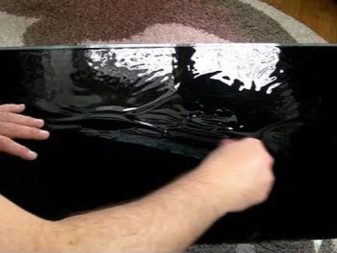
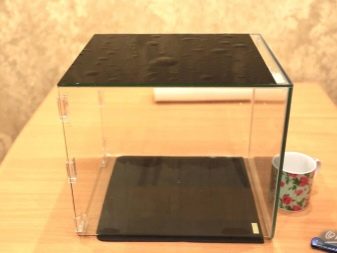
See how to stick the background onto the aquarium in the video below.
